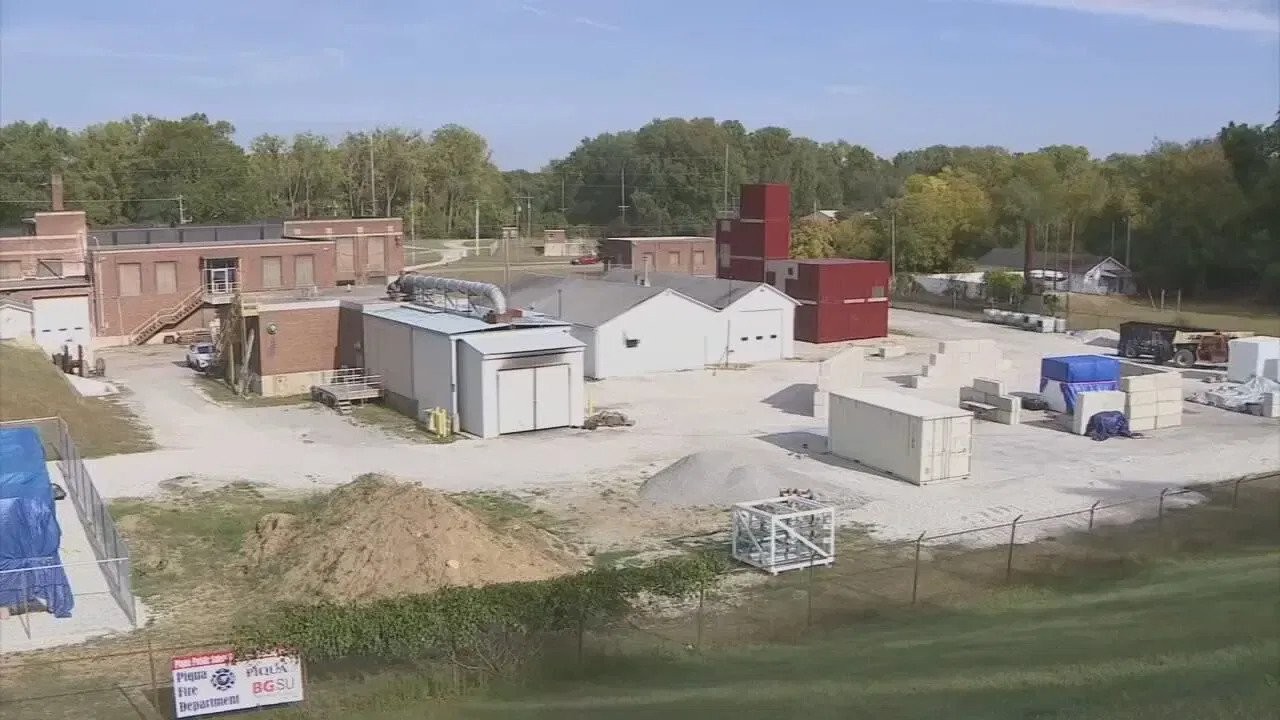
Dayton 24/7 Now: Environmental concerns after lithium-ion battery burns in Piqua, why the company was allowed to police itself
UC expert explains the environmental and health impact
People in the Dayton, Ohio suburb of Piqua are expressing concerns about the city burning lithium-ion batteries at a training facility near the Great Miami River.
The program had been going on for five years, since 2018, but the environmental impact of these lithium-ion battery burns is still unknown. After protests and demands for answers from city officials, the City of Piqua stopped its battery burn program on September 21, 2023. This after a site inspection from the Ohio EPA and RAPCA found two violations.
Dayton 24/7 Now produced a story on the issue, interviewing Jun Wang, PhD, of the Department of Environmental and Public Health Sciences at the UC College of Medicine.

Jun Wang, PhD, of the Department of Environmental and Public Health Sciences in the UC College of Medicine
“So lithium-ion batteries are actually quite dangerous, not even with just burning, the dangers come from chemicals in those batteries,” Wang said.
Wang said that the biggest concern of burning lithium-ion batteries is the air quality. He says chemicals inside those batteries include things like fluoride, hydrogen cyanide, and hydrogen fluoric acid.
“Of course, that's the normal phase, while it's actually burning, you add to the normal combustion products without burning anything, for example carbon monoxide, carbon dioxide, nitrogen oxides and other particulate conditions,” said Wang.
He was asked by Dayton 24/7 Now of the chemicals he mentioned, how could that affect someone breathing them in.
“Most of those toxic chemicals exist in a gas phase, which means they disperse fairly quickly. That's both good and bad," Wang said. "The good thing is when they disperse, they get diluted by the air. The bad thing is they disperse very quickly so it depends how far away you live from this facility, or how far away you work from this facility. It also depends on wind direction, if you are downwind to the release of those pollutants, that will have a lot of issues for your respiratory system, so people with asthma or COPD are particularly vulnerable to those gasses because they are very corrosive and some are very toxic even at a trace level, so even if you inhale a little bit you might have a longer problem.”
Lead photo of Piqua fire training facility/Dayton 24/7 Now
Next Lives Here
The University of Cincinnati is classified as a Research 1 institution by the Carnegie Commission and is ranked in the National Science Foundation's Top-35 public research universities. UC's graduate students and faculty investigate problems and innovate solutions with real-world impact. Next Lives Here.
Related Stories
News Cincinnati loved in 2025
January 2, 2026
The story of prohibition bootlegger George Remus was among WLWT's favorite segments in 2025. UC Law Professor Christopher Bryant spoke with journalist Lindsay Stone about Remus using a temporary insanity defense during a murder trial.
What to know about this year’s big tax changes
January 2, 2026
Local 12 reported that taxpayers can expect some major changes this tax season. Gary Friedhoff, adjunct instructor at the University of Cincinnati’s Carl H. Lindner College of Business, recently spoke to Local 12 about how to avoid surprises.
Study finds police officers face higher long-term health risks
January 2, 2026
J.C. Barnes, a University of Cincinnati professor, is interviewed by Spectrum News about new research showing that the physical and psychological demands of law enforcement can contribute to earlier deaths.
